 Projects
Projects
Designing healthcare technologies

AirBuddy: Designing an air quality monitoring app for Children with asthma
Mobile apps are widely used to facilitate various aspects of asthma management. However, few apps are available for IAQ monitoring, and even fewer apps are designed for children’s use. Thus, this project aimed to create AirBuddy, a mobile app for children with asthma to engage in monitoring and improving IAQ. Specifically, we aimed to adopt an iterative, user-centered design approach by involving potential users throughout the design process to employ their perspectives in design.
Designing a Patient Portal for Patients facing BMT
A significant design challenge exists for supporting patients with blood disorders and blood cancers facing Bone Marrow Transplant (BMT) to understand potential outcomes. This project is to develop a specialized patient portal to help patients who are considering consolidation chemotherapy alone or BMT to better and more realistically understand possible outcomes of the treatment, its impact on everyday life, and longterm effects of treatment.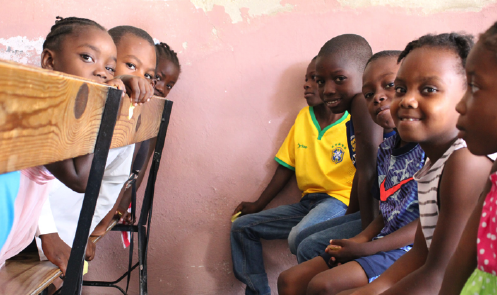
VillageMED: Developing a Mobile Application to Support Medical Missions in Haiti
Mobile technology can enhance postoperative care and patient handoffs between providers, as well as harnessing the power of information sharing to improve patient engagement and communication. This project is to develop a novel mobile platform to enable standardizing data acquisition, organizing information storage, and facilitating communication in the delivery of missionary healthcare in a challenging environment like Haiti.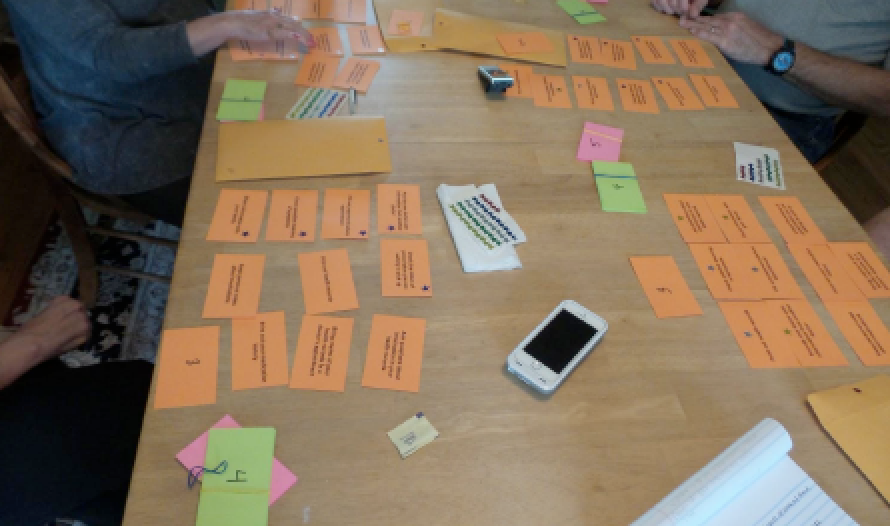
Exploring Design Considerations for a Patient Portal and Older Adults
Patient portals have the potential to increase patient engagement. Older patients are of particular interest as they are likely to suffer from multiple chronic conditions. Yet, questions remain about how patient portals are perceived and deemed useful by older adults. This study explored attitudes toward, perceived utility of, and requirements of a patient portal from the perspective of older adults.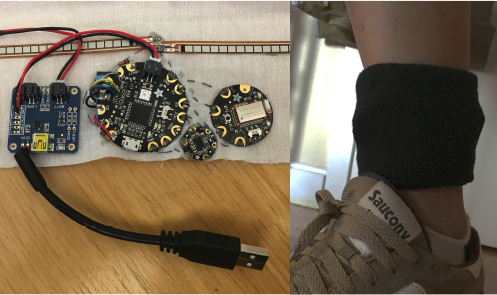
SwellFit
SwellFit is an augmented anklet that monitors swelling in an ankle, a sign of worsening heart condition, to empower patients with heart failure to systematically monitor and reflect on their condition. Since heart failure is the leading cause of hospitalization among people older than 65, personal technology to effectively care for the condition will significantly alleviate the burden on both individual and healthcare sectors.Everyday wellbeing for marginalized poluations
Supprting older adults’ use of a tablet PC during COVID-19
As mobile computing technology evolves, it increasingly offers features that may be particularly beneficial to older adults. However, the digital divide exists, and many older adults have difficulty using these devices. The COVID-19 pandemic has magnified how much older adults need but are excluded from having access to technologies to meet essential daily needs and overcome physical distancing restrictions. This study sought to usupport older adults’ use of a tablet PC during social isolation caused by the COVID-19 pandemic.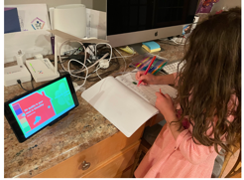
inAirKid: Promoting children's engagement with monitoring indoor air quality
Indoor air pollution is harmful to everyone, but children are of particular concern, as they are more vulnerable to its adverse health effects from air pollutants. We created and evaluated inAirKids, a child-friendly device to promote children’s engagement with monitoring indoor air quality.
Using a Smart Speaker to Promote Older Adults' Social Engagement
Older adults often suffer from social isolation and lack of social engagement. This project is to develop an Amazon Echo's Alexa skill to help older adults to better informed about and engage in social activities so that they can improve their psychological wellbeing and quality of life.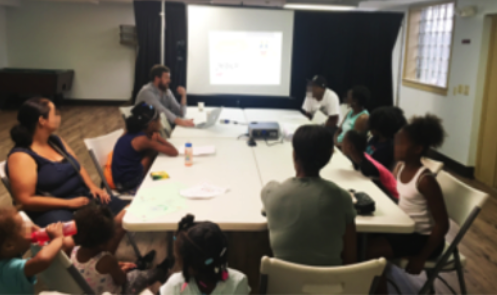
Exploring the perception of Indoor Air Quality in Low-Income Households
Indoor air quality is a leading indoor environmental risk factor, especially to individuals already at great risk, such as children in low-income families. Through a series of participatory workshops, we explore how low-income families, especially children, currently perceive and assess IAQ. We learned that the participants perceived and assessed the quality of the indoor environment through sensory responses relating to perceived comfort or discomfort, such as a sense of smell, visual cleanliness, and thermal comfort.
inAir: Designing and Deploying an Indoor Air Quality Monitor
Everyday wellbeing is more than just physical health — it involves your emotions, social relationship with others, economic status, and so forth. Incorporating technology into everyday routine can help maintain and enhance the quality of everyday wellbeing. We are focusing on the care of our daily lives, shaping healthy everyday behaviors, driving innovation and promoting social justice.
BuddyClock: Sharing Sleeping Status to Promote Healthy Lifestyle
Within a group of peers, it is often useful or interesting to know whether someone in the group has gone to bed or whether they have awakened in the morning. This information, naturally integrated as a peripheral augmentation of an alarm clock, allows people to know whether it is appropriate to make a call or feel more connected with someone living remotely. BuddyClock is an alarm clock, and the evaluation of how it enables users in a small social network to automatically share information about their sleeping behaviors.Exploring and creating mobile tools for environmental sustainability
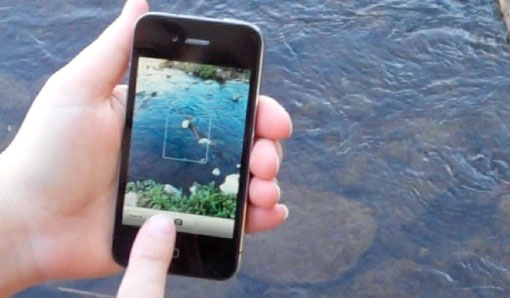
Creek Watch
Creek Watch is a mobile application and webpage that enabled volunteers to engage in citizen science activities by reporting observation data of nearby waterways in order to aid local water management programs and to keep local watershed clean and healthy.
SENSR
SENSR is a web environment that enables people without technical skills to create mobile applications for lightweight data collection activities, is developed. Using the SENSR website, a user can create a combination of mobile application and website for a data-collection project. Then, the public can join the project through the mobile application for data capture and sharing.
Creative Reuse of e-Waste
E-waste is a generic term embracing various forms of electric and electronic equipment that is loosely discarded, surplus, obsolete, or broken. When e-waste is improperly discarded as trash, there are predictable negative impacts on the environment and human health. Existing e-waste solutions range from designing for reuse to fabricating with eco-friendly decomposable materials to more radical critiques of current practices surrounding capitalism and consumerism. Complementary to theses efforts, this work presents an accessible reuse framework that encourages creativity while maintaining personal ownership of e-waste.